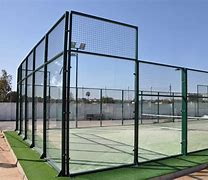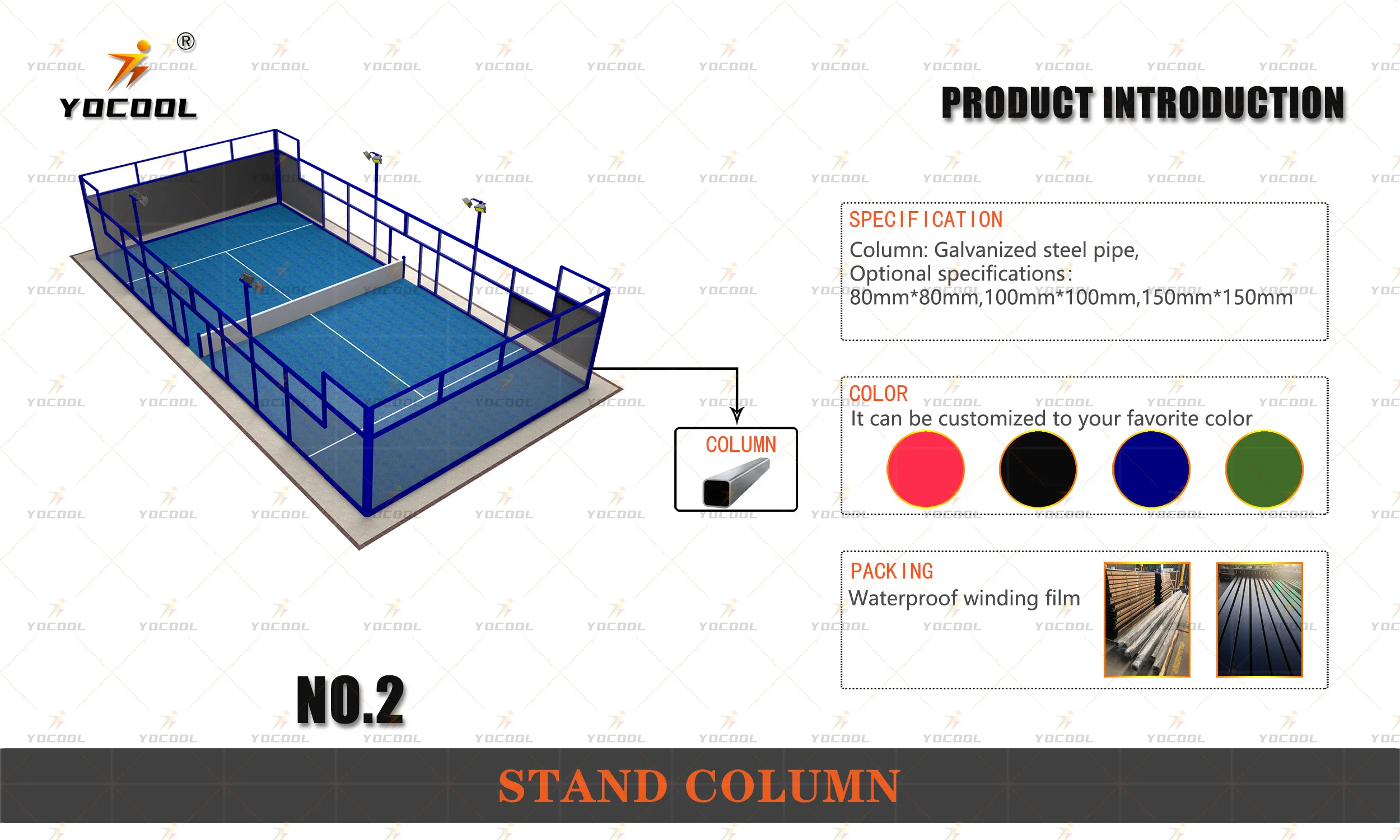When stepping onto a padel tennis court for the first time, the excitement is palpable. You can smell the fresh synthetic grass, feel the textured grip of the racket, and hear the distinct pop of the ball against the tempered glass walls. The design of a padel court is itself a marvel, engineered to provide a perfect balance of comfort and challenge, enticing players to return time and again.

One of the primary reasons why padel tennis has skyrocketed in popularity is the court's comparatively compact dimensions. Measuring just 20 meters long and 10 meters wide, with surrounding walls reaching four meters high, the court is perfect for players of all ages and skill levels, making it accessible and inviting. Unlike traditional tennis, whose expansive courts can intimidate novices, padel offers a more intimate setting. Still challenging enough for seasoned players, it promotes fast-paced, dynamic play that is as thrilling to watch as it is to participate in.
A well-maintained padel tennis court features surface materials selected to optimize traction and durability. Typically, artificial grass combined with silica sand minimizes the risk of injuries while enhancing players' agility. This surface carefully balances speed with control, allowing players to perform dramatic dives and stylish volleys without fear of injury. Moreover, the rubberized surface serves to absorb impact, offering a playing experience that is uniquely gentle on joints.

Expertise in selecting the ideal court for specific environments or user groups is crucial. Premium courts employ cutting-edge materials for both floors and walls. The tempered glass walls must be of superior quality, providing durability and clarity while offering rebounding surfaces for strategic shot-making. It's essential to adhere to international standards, as defined by padel's governing bodies, to ensure that the court caters to both amateurs and professionals alike. A professional-grade court allows the ball to bounce consistently, which is central to strategic play and continuous game flow.
padel tennis court
The padel tennis court also serves as a versatile venue for varied social interactions and events. Its social aspect—games are played in doubles format—fosters interaction among players, promoting a sense of community and camaraderie. Whether hosting tournaments, friendly matches, or even corporate events, the padel court stands out as a hub of activity and social engagement. Facilities offering well-designed courts often see a rise in patronage and an enthusiastic community of loyal players who share their positive experiences, further elevating the facility's credibility.
Trustworthiness in building a padel tennis court extends beyond mere construction materials; it encapsulates a commitment to safety and high-quality sport. From ensuring professional installation to regular maintenance practices, every aspect of the court should speak to its reliability and longevity. A consumer surveying a directory of potential courts should seek out reviews and testimonials that laud the venue's safety measures, cleanliness, and staff expertise. Such commendations build confidence among potential users, establishing the court as a reputable locale for both casual games and competitive matches.
In conclusion, a padel tennis court is more than just a sporting venue; it embodies a fusion of excellent design, cutting-edge technology, and community spirit. When optimized for performance and safety, it not only enhances the playing experience but also acts as a testament to the many facets of the sport's popularity. Facilities keen on fostering a strong padel culture should invest in quality courts that cater to all players, from beginners testing their first serves to seasoned adrenaline-seekers refining their strategies. By doing so, they not only contribute to the sport's growth but also build a legacy of superior sporting experiences.



